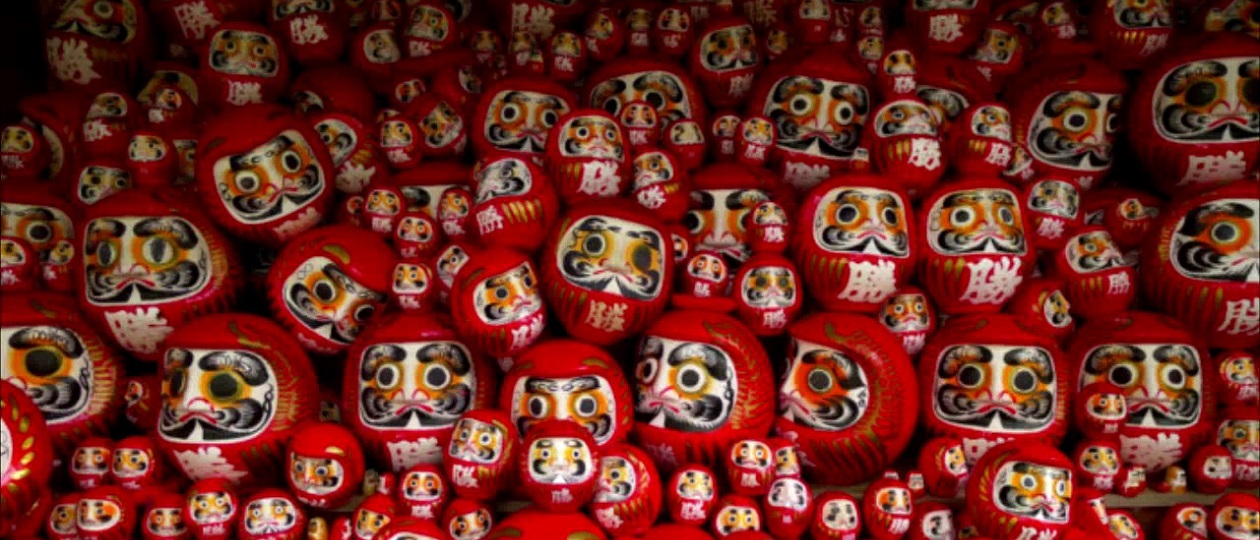
The persistent interest in Japan among the Russian people is not very similar to the craving for exotic. About forty years ago, it was still possible to amaze the imagination of my compatriot with bright miracles. But now …
Millions of Russians have already traveled to all parts of the world, but interest in Japan has not died out against the backdrop of a worldwide kaleidoscope. What is the secret of this spiritual desire for a distant country? Why are the Japanese also fascinated by Russia? The book “Dersu Uzala” was written by Russian Arseniev, but only Japanese Akira Kurosawa could create a film that was stunning with its images of nature. Why did he manage to understand foreigners and a foreign country? Is it so foreign after all?
Japan and Russia are “black sheep”, each in its own civilization. In European civilization, penetrated by logic and mathematics, with its “gloomy German genius” and “sharp Gallic meaning”, Russia looks like an alien from another world. Japan also stands on the sidelines in the Tao civilization — the country is like an unshakable cliff in the realm of Yin and Yang, which are always changing into each other. Coming from China, the Tao (Path) in Japan is pronounced Do. For the Chinese, “Tao” is a stream of processes, causes and effects without end and edge that generates all that exists; among the Japanese, “Do” is the main principle of life. The Japanese Way-Do differs sharply from the Chinese “Tao” in its certainty and moral rigidity. “Tao” is whimsical and unpredictable, “Do” leads to the goal of all life, this is the “Path” from which it is unacceptable to deviate and which cannot be changed. Judo (The Way of Softness) is by no means a sport name for a Japanese; it is a life path chosen by man forever.
Japan, of course, is eastern civilization, but different, Russia is European, but alternative.
West and East, in practice, are extreme opposites, struggling and simultaneously existing together, like two poles of a magnet. The West is associated with Yang — masculinity, rigidity, categorization, individualism. East, rather, Yin — the beginning is soft, flexible, mobile, relative, indirect, feminine, collective. When these entities reach fullness, within each of them its opposite is born, so in Yang is born Yin, in Yin — Yang. Russia is a sprout of soft Yin in the ossified Yang of the West, Japan is a sprout of courageous Yang in the flowing Yin of the East.
Being opposites, Russia and Japan are simultaneously related to each other. The history of the two countries is a story of survival in harsh nature, in the constant struggle of the princes against the central government. Both the Japanese and the Russian feel themselves to be part of nature, which makes the landscapes of Japanese and Russian artists so beautiful, the Hokku Matsuo Basho and the poetry of Sergei Yesenin.
There are no strangers between us
We are all brothers to each other
Under the cherry blossoms!
Western culture is built on extreme individualism, and the East in all its manifestations is extreme collectivism … The Russians, who created their culture on the foundation of a tough European tradition, where “yes is yes and no is no” gravitate towards typically Asian collectivism and paradoxes of thinking while the Japanese, zealously preserving the Chinese roots of their culture, strive for completely non-Asian individualism and self-discipline. This powerful movement towards each other, however, does not make us the same.
The Japanese compare the European with an egg in a hard shell: “You will push and nothing will happen, you will press harder and again nothing, but you will increase the pressure and the egg will break”. The Japanese say to themselves: “We are conformists. We are like an egg without shells — you will push, and we will drive out, we will put more pressure, and we will bend more strongly, we will put pressure with all our strength, and we will slip out. ”Conformism is also one of the qualities of a Russian person, but he does not like to notice this in himself, unlike the Japanese. But perhaps it is conformism that makes our peoples unusually resistant in any trials, just as soft iron, enveloping strong but brittle crystals of high-carbon steel, connects them into damask steel, which can crush any armor. Is it not from here that the cult of heroism is captured, both in Bushido — The Way of the Warrior, and in Russian folk song? Our songs “Black Raven, why are you curling yourself” or “Not for me” are close to the Japanese soul. The mass heroism of the Russian soldier, as if comes from the “Bushido” — the Japanese code of military honor.
The souls of our peoples have long sought to comprehend each other. From here, starting from the 19th century, there was a mutual craving — in Japan for Russian literature, and in Russia for Japanese art. Even Matryoshka, which has become one of the symbols of Russia, is reflected in the form of a similar Japanese doll.
There are two other dolls, two twins from different mothers: the Japanese dummy-Daruma symbolizing the persistence of the intentions of its owner and Vanka-Vstanka — the very first toy for many generations of Russians. The Japanese saint Daruma (from Sanskrit Bodhidharma), the legendary creator of Zen Buddhism and martial arts, dozing off during meditation, ripped out his eyelashes, which became a tea bush, in anger. The doll depicting him has neither arms nor legs, and immediately jumps up if you try to lay her, while the Russian Vanka-vstanka is not a saint at all, but both of these toys are albeit unacceptable, but hidden symbols of our two countries.
Nobody can overthrow either Daruma nor Vanka, and they are the backbone of the character of our peoples.
In martial arts, Japanese aikido also has a Russian brother — Russian hand-to-hand combat, which is now called the “Kadochnikov style”, built on the same biophysics, but outwardly slightly similar. In this style, we will not see amplitude throws of aikido, here the striker’s movements suddenly begin to break and get confused, he, like a puppet in experienced hands, twists, folds and suddenly turns out to be completely helpless on the ground.
Our peoples, so kindred and so dissimilar, gravitate towards each other, and this desire only develops over time. And our publication is building a bridge for this movement. We strive to show life, art, sports and even news — that is, we are trying to reflect life itself, in its various manifestations. To the best of our ability, we are trying to help bring our peoples closer together and comprehend their mysterious souls. Our magazine is for fascinated wanderers looking to a distant, but close country. And on this bridge two brothers Daruma and Vanka-vstanka can meet and hug.





